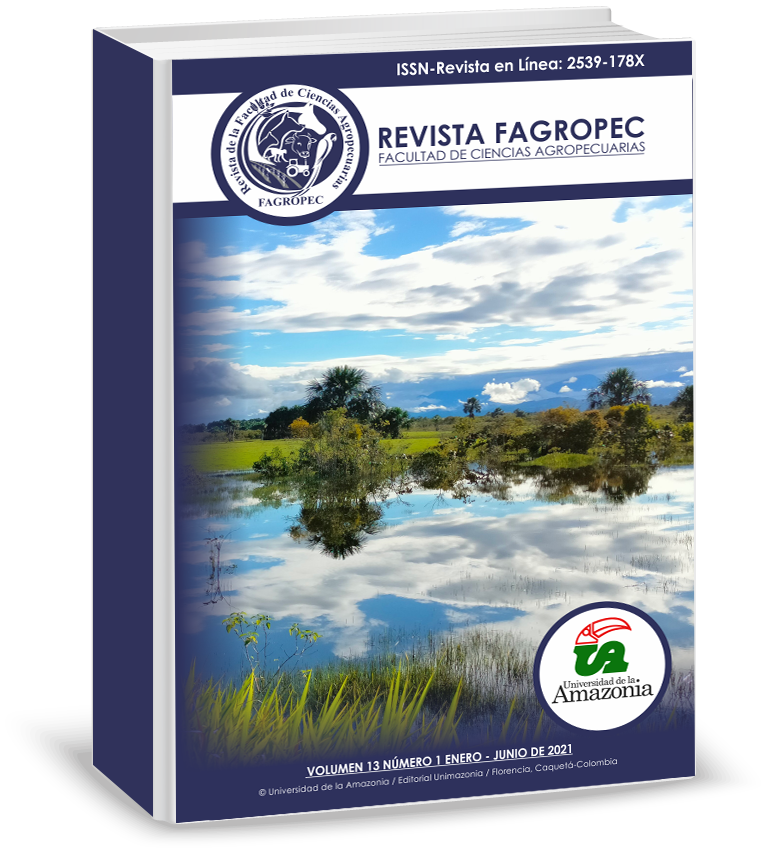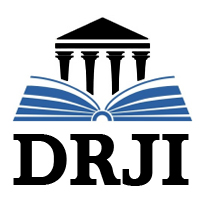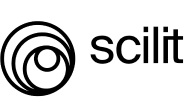Balance de energía en sistemas productivos de café variedad castillo, en el departamento de Nariño (Colombia)
DOI:
https://doi.org/10.47847/fagropec.v13n1a5Palabras clave:
almacenamiento de carbono, cambio climático, medidas alométricas, Biomasa, Fijación, EmisiónResumen
Esta investigación estuvo orientada a estimar el balance energético basado en fijación de carbono en cuatro sistemas productivos de café en cuatro municipios de las subregiones mayo, centro y occidente del departamento de Nariño (Colombia). La obtención de la información se realizó mediante la aplicación de medidas alometricas para las especies arbóreas utilizadas en los tratamientos y destructivas para el café mediante la extracción y fragmentación de cada uno de sus componentes. Las evaluaciones fueron realizadas durante el primer y segundo semestre del año 2019 en sistemas productivos de cinco años de edad. Se encontró que el mayor déficit se obtuvo en el municipio de la Unión con el tratamiento 1, mientras que el máximo excedente se obtuvo en el tratamiento 3 en el municipio de Sandoná. El tratamiento 2 en el municipio de La Florida presento los mayores valores de emisiones, siendo la fertilización nitrogenada la actividad de mayor emisión. La interacción entre municipio y altitud obtuvo promedios de captura de carbono estadísticamente significativos, siendo los sistemas de La Unión de mayor altitud lo de promedio superiores. Y en cuanto a tratamientos no hay diferencia entre los asocios de café con sombrío. Los resultados indican que los sistemas productivos de café en asocio con especies forestales de sombrío contribuyen a la mitigación del cambio climático, siendo ecosistemas potenciales en la fijación de carbono y para el pago de servicios ambientales.
Descargas
Referencias
Álvarez, E., Saldarriaga, J., Duque, A., Cabrera, K., Yepes, A., Navarrete., D. & Phillips, J. (2011). Selección y validación de modelos para la estimación de la biomasa aérea en los bosques naturales de Colombia. Instituto de Hidrología, Meteorología y Estudios Ambientales (IDEAM).
Arias, J., Riaño, N. y Aristizábal, M. (2013). Balance de energía basado en la contabilidad del carbono en tres sistemas productivos cafeteros. Cenicafe, 64 (2), 7-16.
Cabrera, M., Vaca, S., Aguirre, F. y Aguirre, H. (2016). Almacenamiento de carbono en sistemas agroforestales cafetaleros en las provincias de Jaén y San Ignacio, Cajamarca. Pakanuros, 4(1), 43-54.
Canal, D. y Andrade, H. (2019). Sinergias mitigación - adaptación al cambio climático en sistemas de producción de café (Coffea arabica), de Tolima, Colombia. Revista de Biología Tropical, 67(1), 36-46.
De Beenhouwer, M., Geeraert, L., Mertens, J., Maarten, Van., Aerts, R., Vanderhaegen, K. y Honnay, O. (2016). Biodiversity and carbon storage co-benefits of coffee agroforestry across a gradient of increasing management intensity in the SW Ethiopian highlands. Agriculture, Ecosystems & Environment, 222, 193-199.
Díaz, P., Fachin, G., Tello, Ch. y Arévalo, L. (2016). Carbono almacenado en cinco sistemas de uso de tierra, en la región San Martín Perú. Revista Internacional de Desarrollo Regional Sustentable, 1(2), 57-67.
Organización de las Naciones Unidas para la Alimentación y la Agricultura (FAO). (2016). El estado de los bosques del mundo 2016. Los bosques y la agricultura: desafíos y oportunidades en relación con el uso de la tierra. FAO.
Fernández, M. (2013). El Sector del Café y el cambio climático. Centro de Comercio Internacional. https://www.intracen.org/guia-del-cafe/el-cambio-climatico/El-Sector-del-Cafe-y-el-cambioclimatico/
Gómez, L., Cabellero, A. y Baldión, J. (1991). Ecotopos cafeteros. Federación Nacional de Cafeteros de Colombia, CENICAFE – Agroclimatología, División de Desarrollo Social..
Hergoualch, K., Blanchart, E., Skiba, U., Hénault, C., & Harmand, J. (2012). Changes in carbon stock and greenhouse gas balance in a coffee (Coffea arabica) monoculture versus an agroforestry system with Inga densiflora, in Costa Rica. Agriculture, Ecosystems and Environment, 148, 102-110.
Hernández, J., Riaño, N., Riaño, A., Ariza, W., Posada, H., Valenzuela, J., Vega, M., Murgueitio, Y. y Castro J. (2018). Determinación de la huella de carbono en el sistema de producción de café pergaminho seco de cuatro municipios del sur del departamento del Huila (Colombia). Revista de Investigación Agraria y Ambiental, 9 (2), 109-120.
SAS Institute Inc., S. I. (2009). SAS 9.2 Macro Language: Reference.Cary, NC [Paquete estadístico]. SAS Institute Inc.
Jiménez, A., Guerrero, A., García, E. y Carrillo, E. (2019). Producción de biomasa total, rendimiento y composición de la semilla de Jatropha curcas l. con diferentes dosis de fertilización. Interciencia, 44, (9), 529-534.
Matta, Y. (2017). Exportaciones de Colombia. Expresiones, Revista Estudiantil de Investigación, 4 (8), 74 .
Patiño, S., Suárez, L., Andrade, H. y Segura, M. (2018). Captura de carbono en biomasa en plantaciones forestales y sistemas agroforestales en Armero-Guayabal, Tolima, Colombia. Revista de Investigación Agraria y Ambienta, 2, (2), 121-133.
Penman, J., Gytarsky, M., Hiraishi, T., Krug, T., Kruger, D., Pipatti, R. , Buendia, L. , Miwa, K. , Ngara, T. , Tanabe, K. & Wagner, F. (2003). Good practice guidance for land use, land-use change and forestry. Prefecture: Institute for Global Environmental Strategies.
Puerta, G., González, F.. Correa, A., Álvarez, I., Ardila, J., Girón, O., Ramírez, C., Baute, J., Sánchez, P., Santamaria, M. y Montoya, D. (2016). Diagnóstico de la calidad del café según altitud, suelos y beneficio en varias regiones de Colombia. Cenicafé 67 (2), 15-51.
Quilio, A., Castellanos, E. & Pons, D. (2010). Estudio de línea base de carbono en cafetales. Universidad del Valle de Guatemala UVG..
Segura M. & Andrade, H. (2008). Cómo Construir Modelos Alométricos de Volumen, Biomasa o Carbono de Especies Leñosas Perennes. Rev. Agroforesteria en las Américas (CATIE), 46, 89-96. http://hdl.handle.net/11554/6935
Sistema de Información sobre la Biodiversidad en Colombia. (2020) Biodiversidad en cifras. SIB.. https://sibcolombia.net/biodiversidad-en-cifras-2020/.
Vásquez, E., Campos, G., Enríque, J., Rodríguez, G. y Velasco, V. (2012). Captura de carbono por Inga jinicuil Schltdl: en un sistema agroforestal de café bajo sombra. Revista Mexicana de Ciências Forestales, 3, (9), 11-21.
Publicado
Número
Sección
Licencia

Esta obra está bajo una licencia internacional Creative Commons Atribución-NoComercial-CompartirIgual 4.0.
























